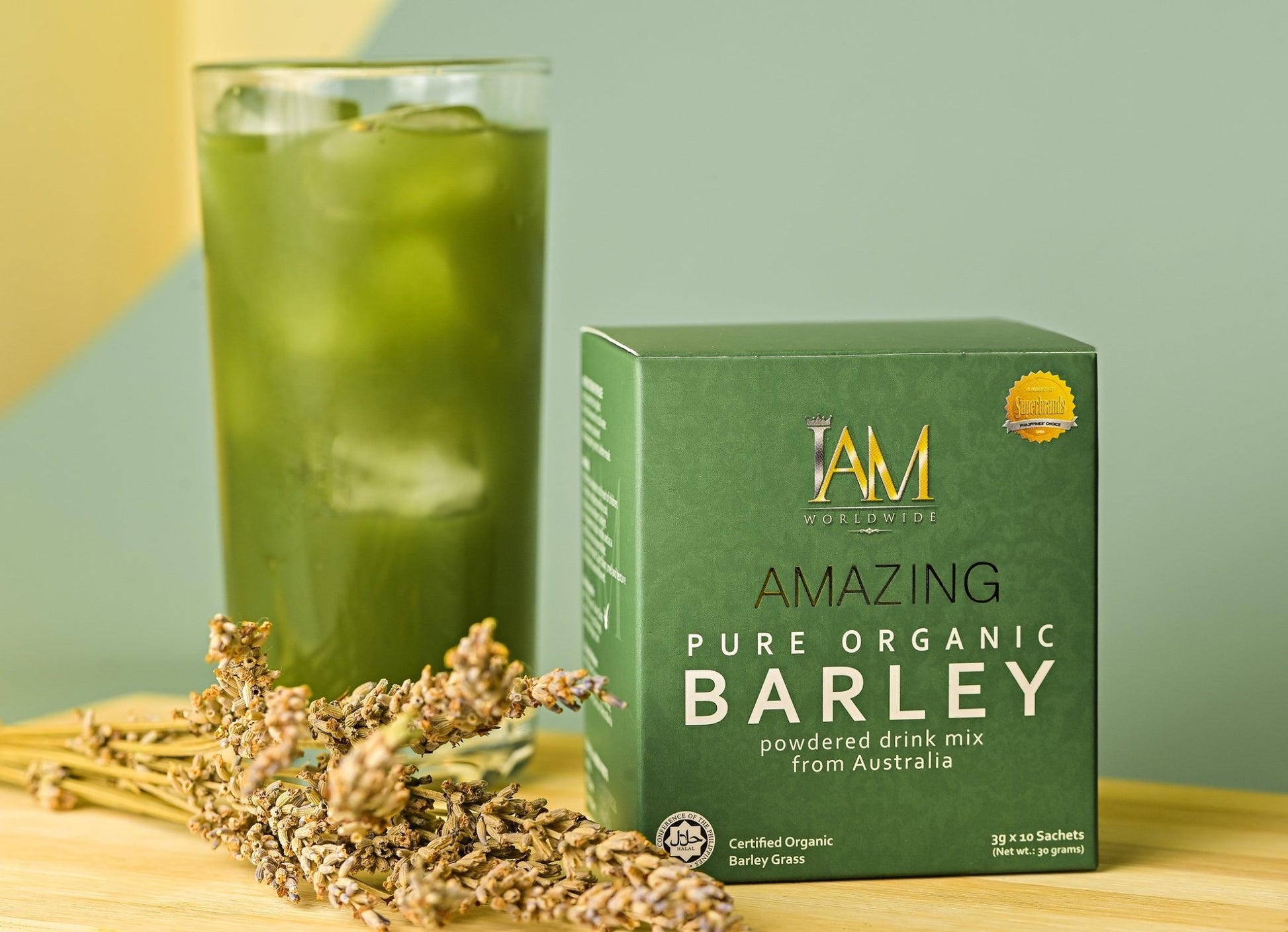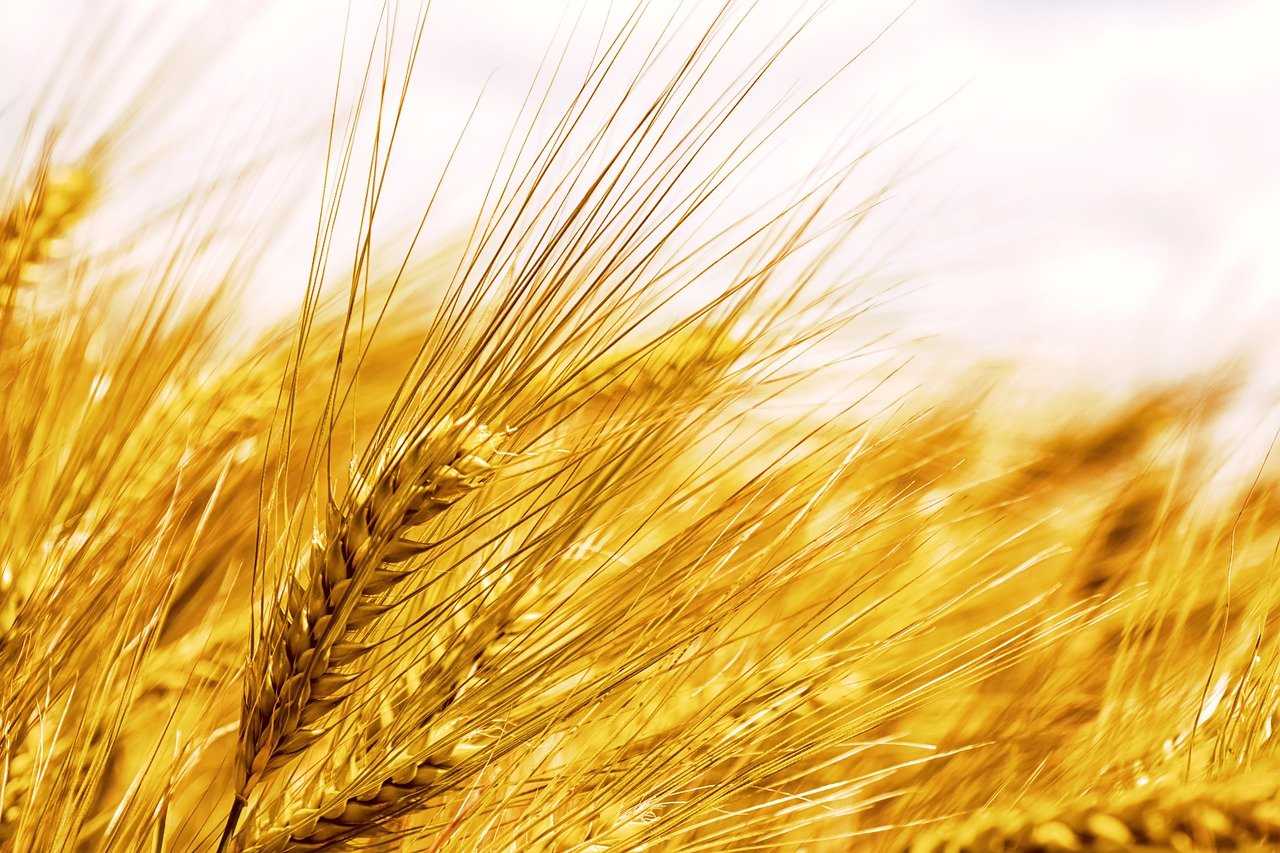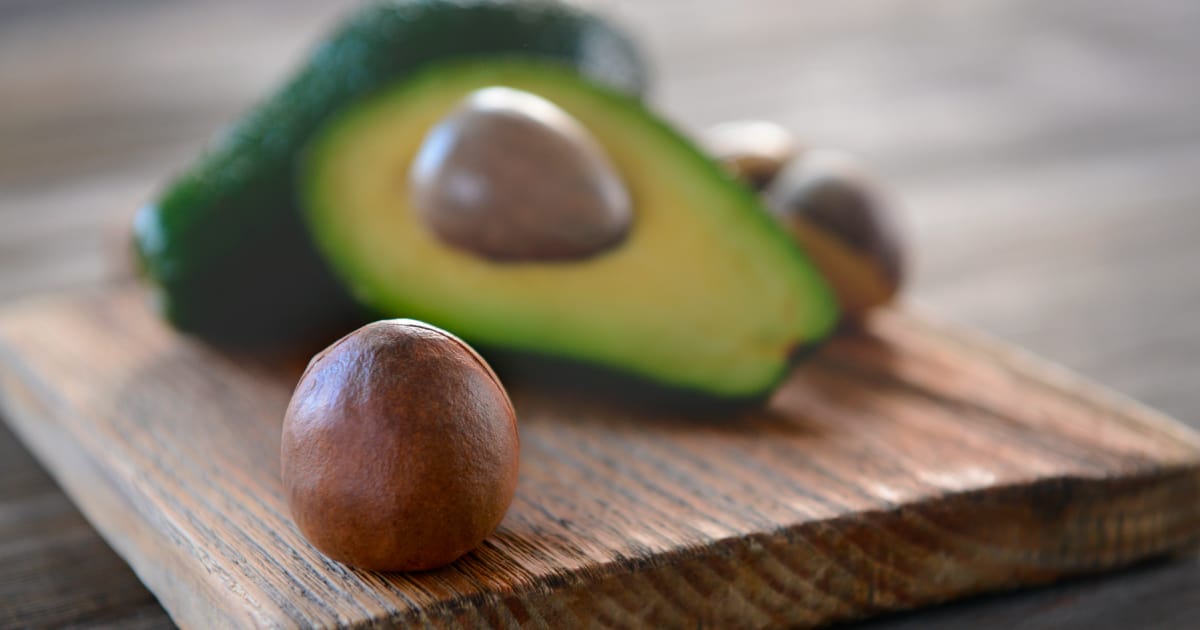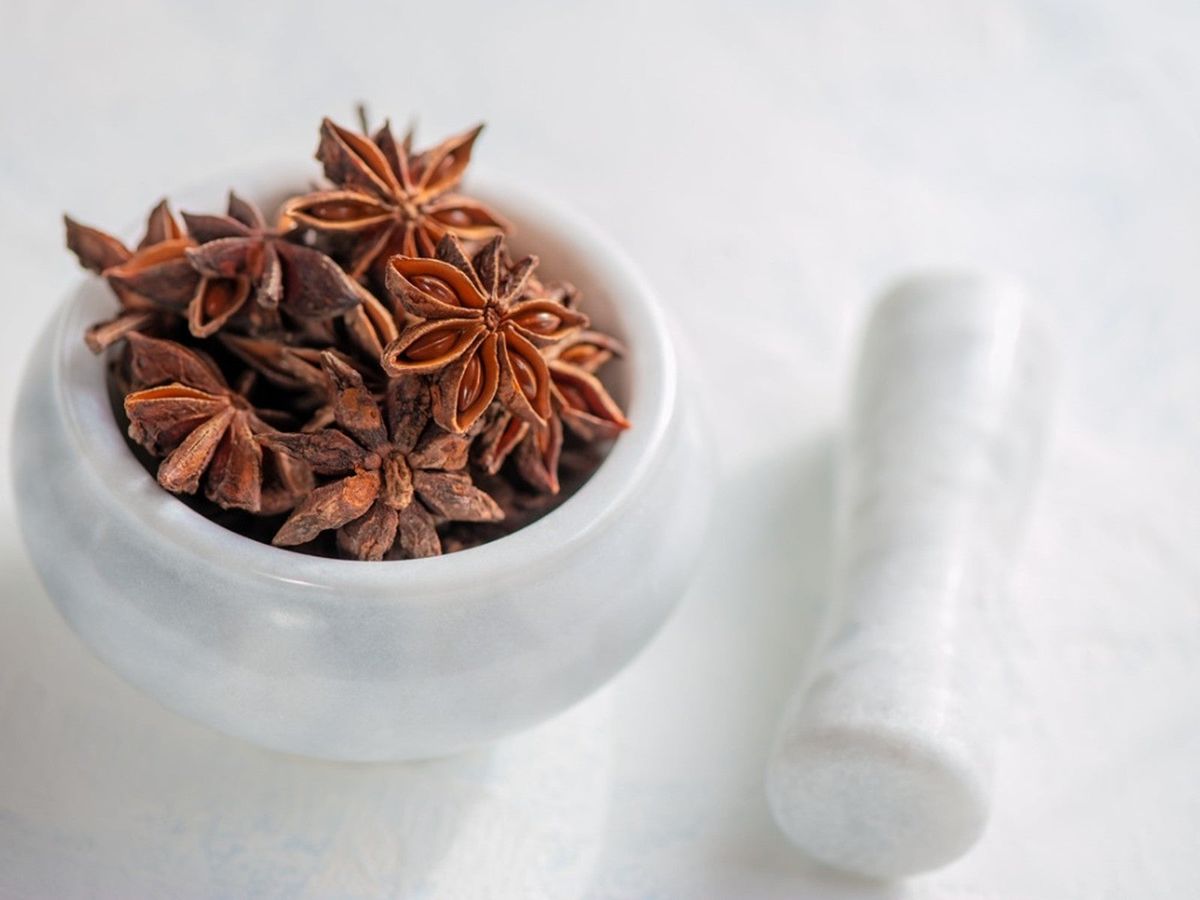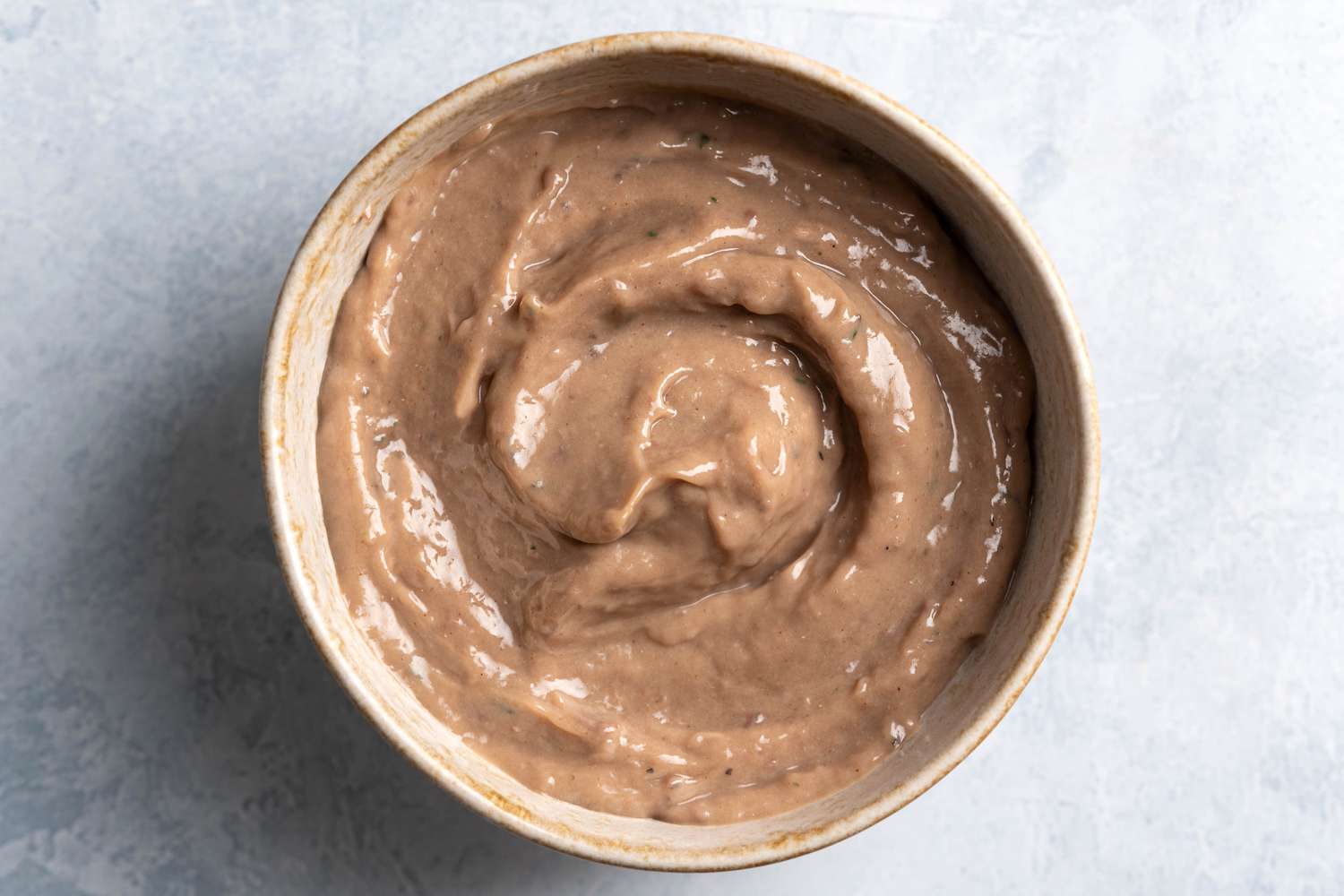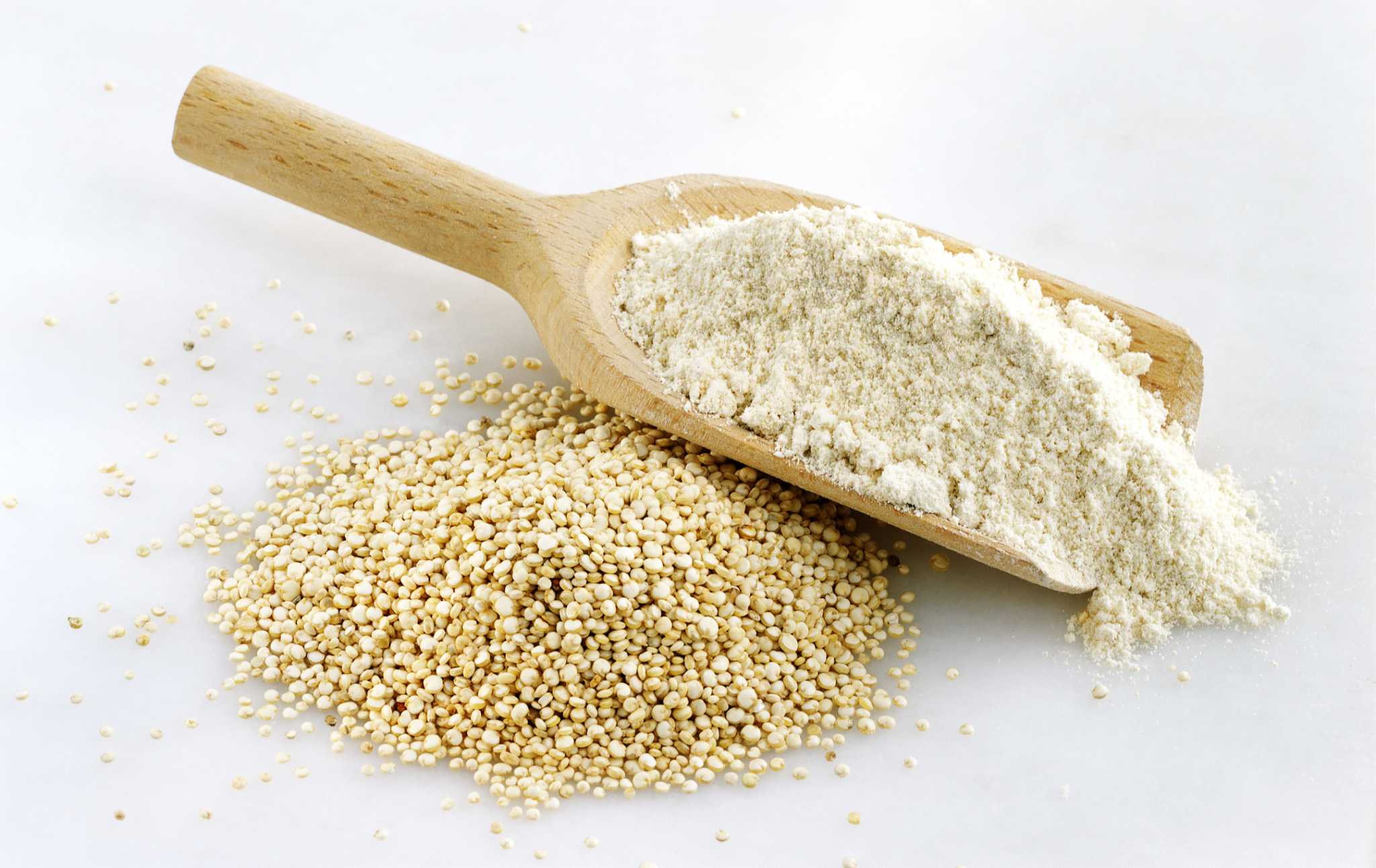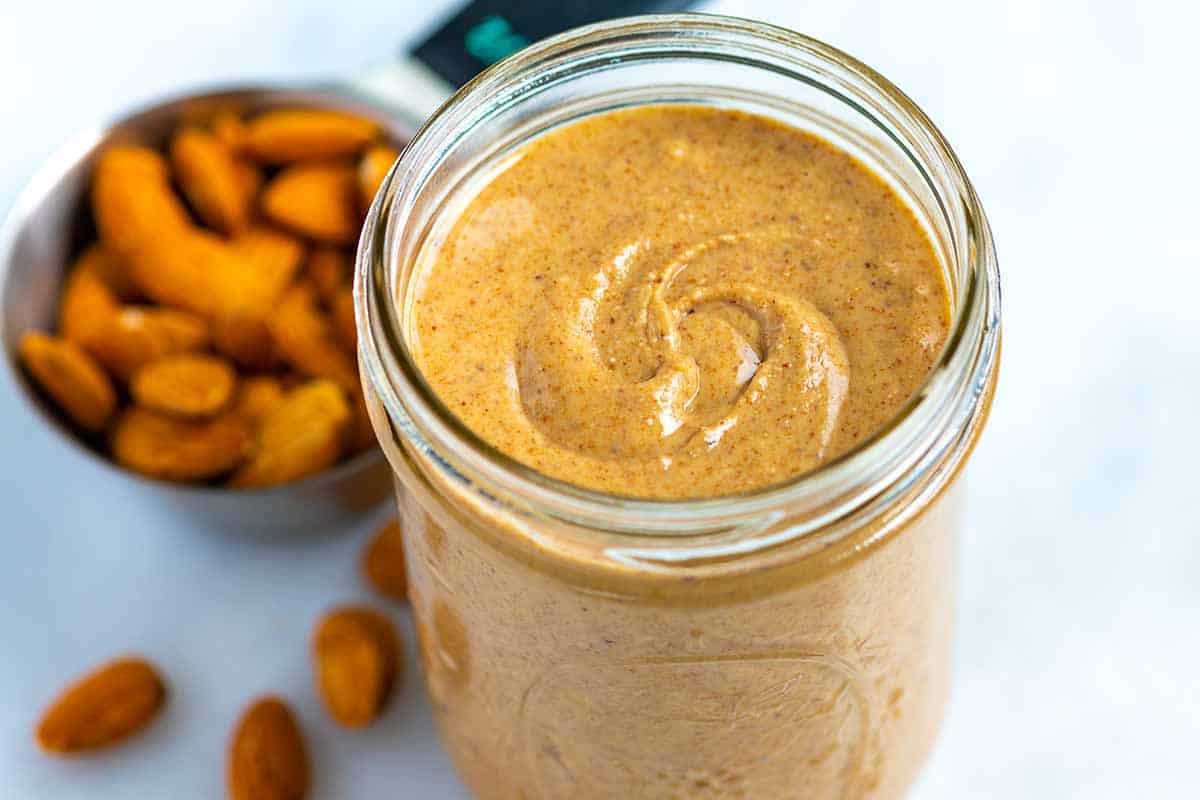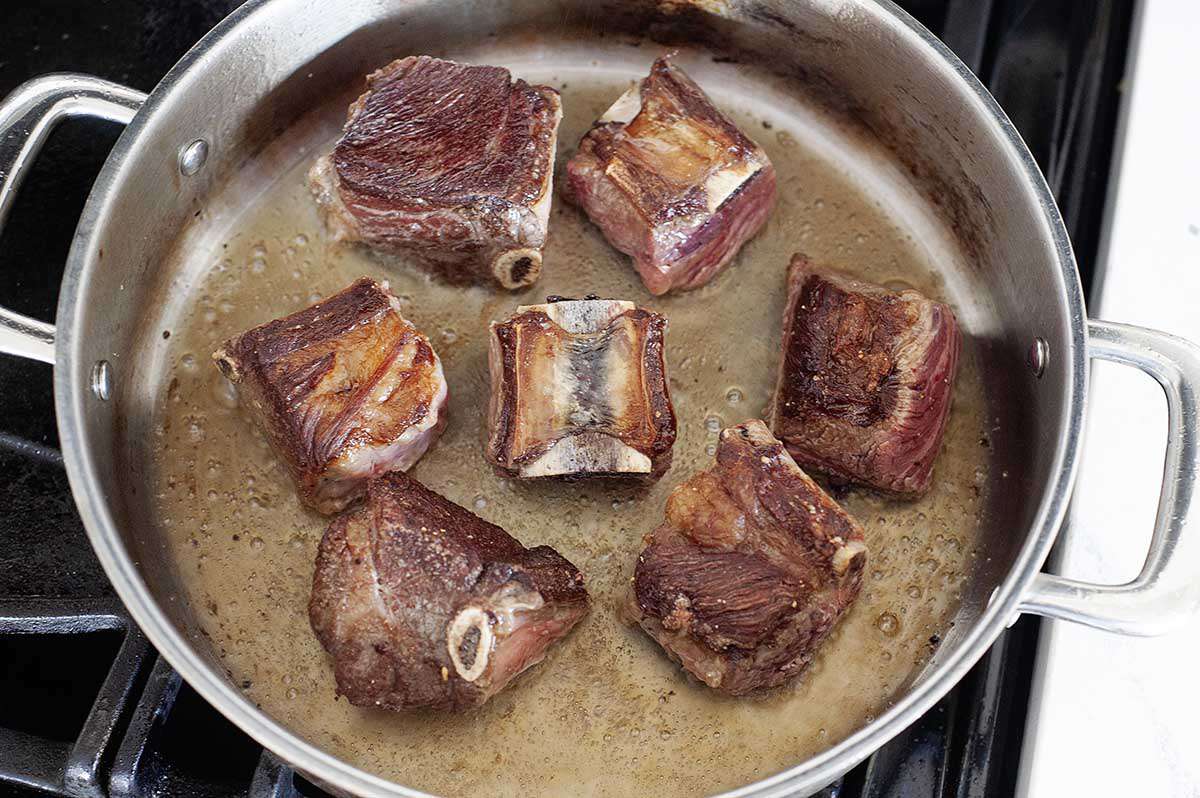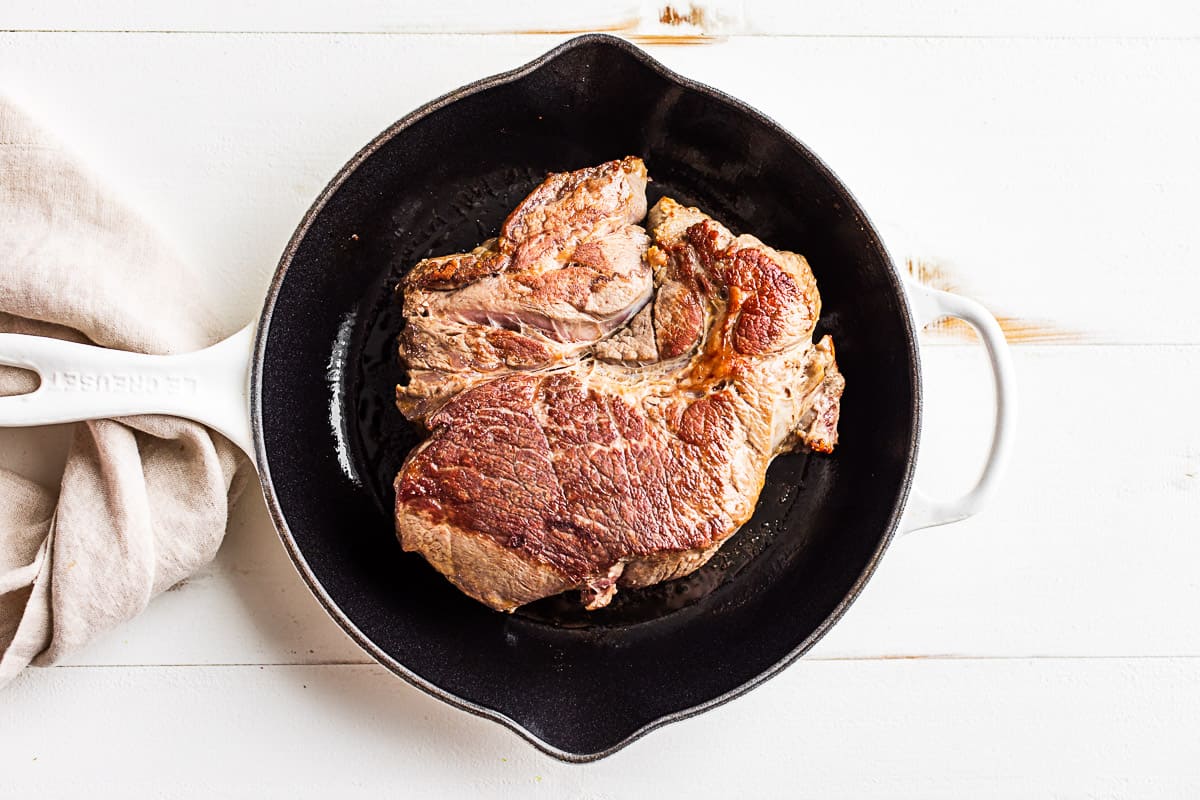Grinding Barley Into Flour: A Guide for Homemade Goodness
Are you looking to add a nutritious and versatile flour to your pantry? Look no further than barley flour! Barley flour is a wholesome and flavorful alternative to traditional wheat flour, and the good news is that you can easily grind it at home. In this guide, we’ll walk you through the process of grinding barley into flour, so you can enjoy the benefits of this wholesome ingredient in your favorite recipes.
What You’ll Need
Before you get started, make sure you have the following tools and ingredients on hand:
- Whole barley grains
- A grain mill or high-powered blender
- A fine mesh sieve or flour sifter
- Airtight container for storing the flour
Step 1: Prepare the Barley Grains
Start by measuring out the desired amount of whole barley grains. It’s best to work in small batches to ensure even grinding. If you’re using a high-powered blender, you may need to adjust the quantity to avoid overloading the machine.
Step 2: Grind the Barley
If you have a grain mill, follow the manufacturer’s instructions for grinding barley into flour. If you’re using a blender, add the barley grains to the container and secure the lid. Start on a low speed to break down the grains, then gradually increase to high speed until you achieve a fine, powdery consistency.
Step 3: Sift the Flour
Once the barley grains are ground into a flour-like consistency, sift the flour through a fine mesh sieve or flour sifter to remove any larger particles or bran. This will help you achieve a smoother, more refined flour for baking and cooking.
Step 4: Store the Flour
Transfer the freshly ground barley flour into an airtight container to maintain its freshness and flavor. Store the flour in a cool, dry place away from direct sunlight. Properly stored barley flour can last for several months, providing you with a versatile ingredient for all your culinary creations.
Using Barley Flour
Now that you have freshly ground barley flour, it’s time to put it to good use! Barley flour can be used in a variety of recipes, including bread, pancakes, muffins, and more. Its nutty flavor and nutritional benefits make it a great addition to your baking repertoire.
Experiment with substituting barley flour for part or all of the wheat flour in your favorite recipes to add a unique twist to your baked goods. You can also use barley flour as a thickening agent in soups, stews, and sauces, adding a subtle depth of flavor and a nutritional boost.
In Conclusion
Grinding barley into flour at home is a simple and rewarding process that opens up a world of culinary possibilities. By following these steps and incorporating freshly ground barley flour into your cooking and baking, you can enjoy the wholesome goodness of this nutritious ingredient while adding a delicious twist to your favorite dishes. So, roll up your sleeves, get grinding, and let the homemade goodness begin!
